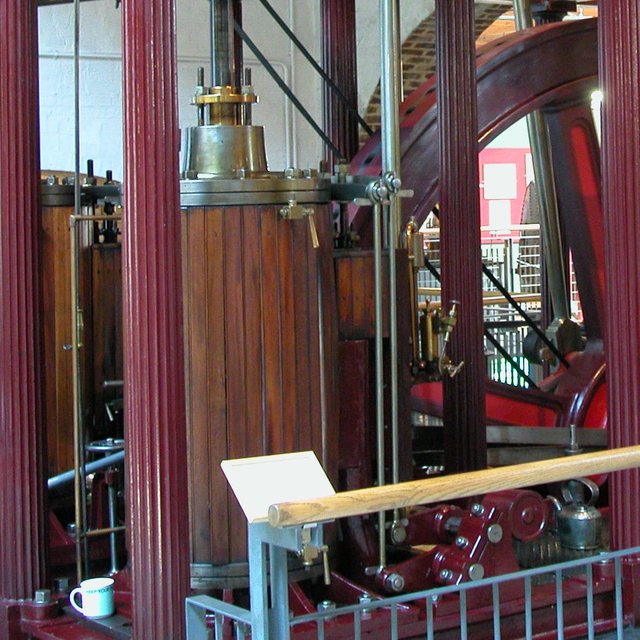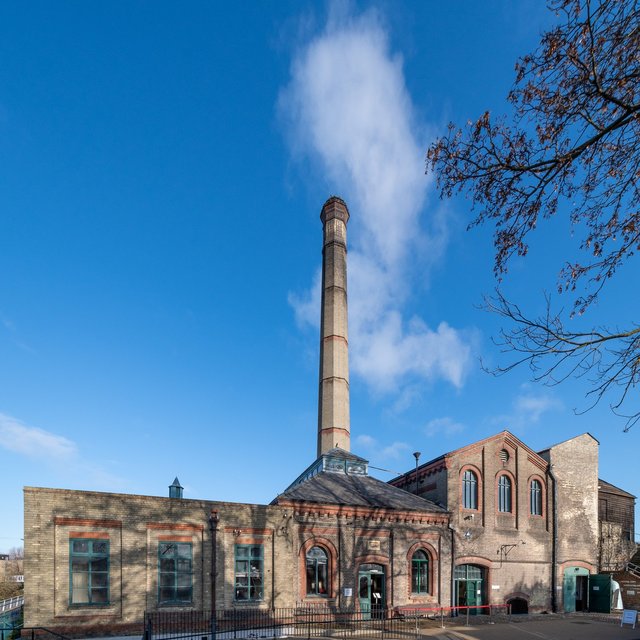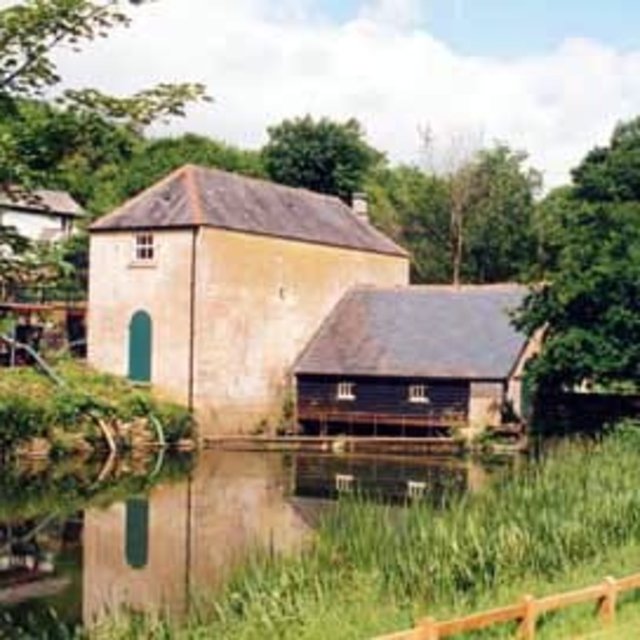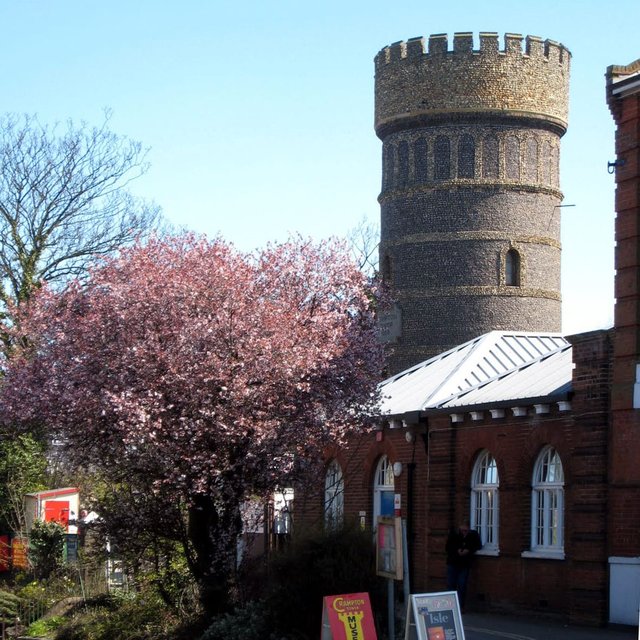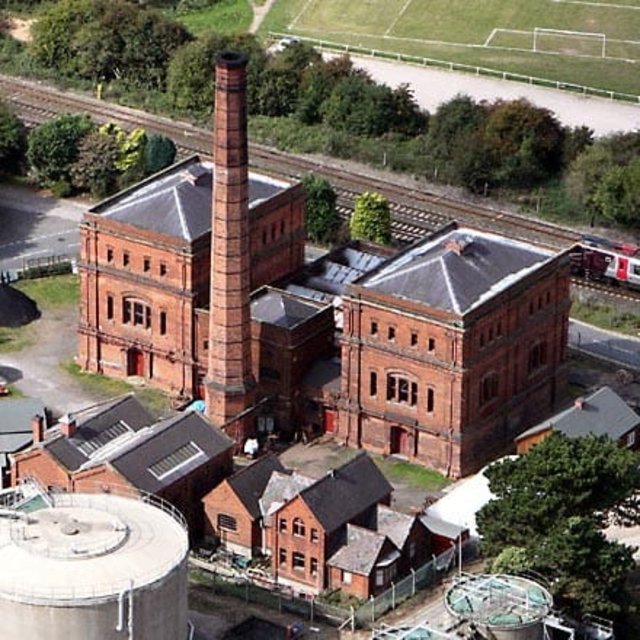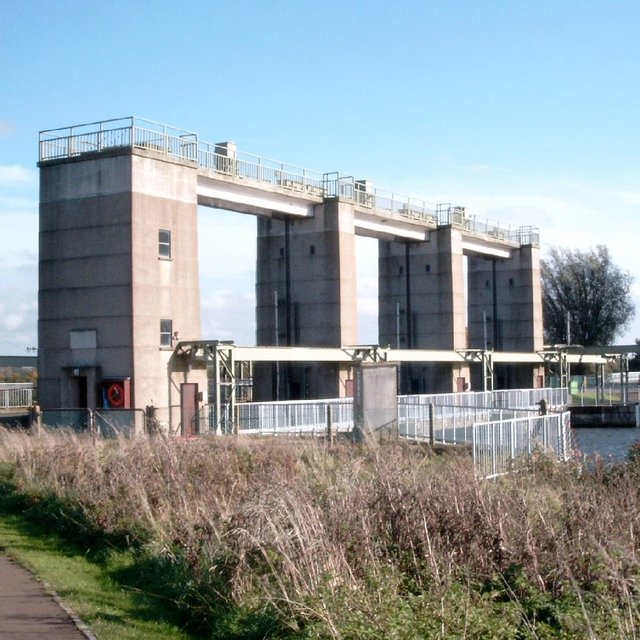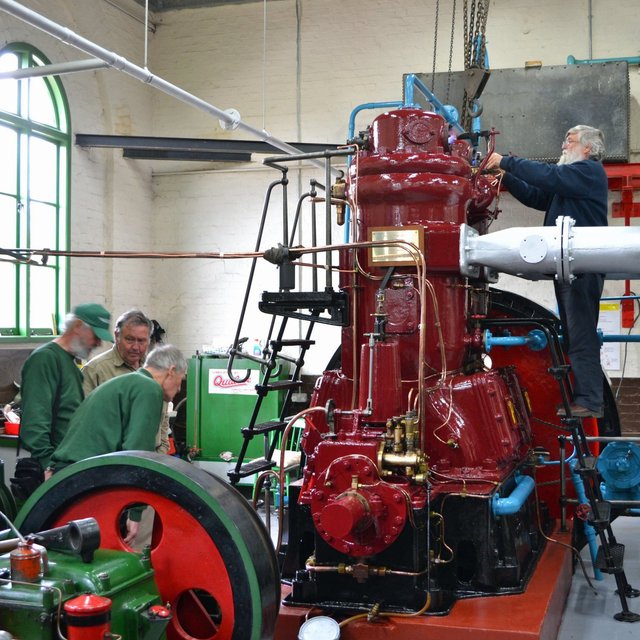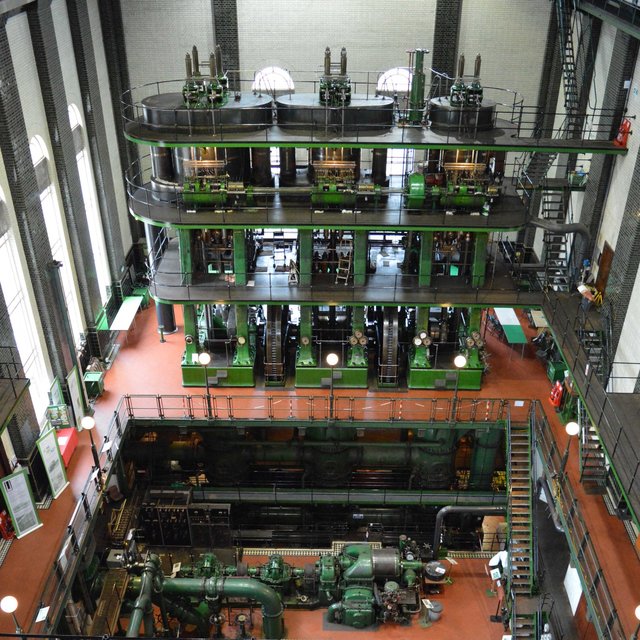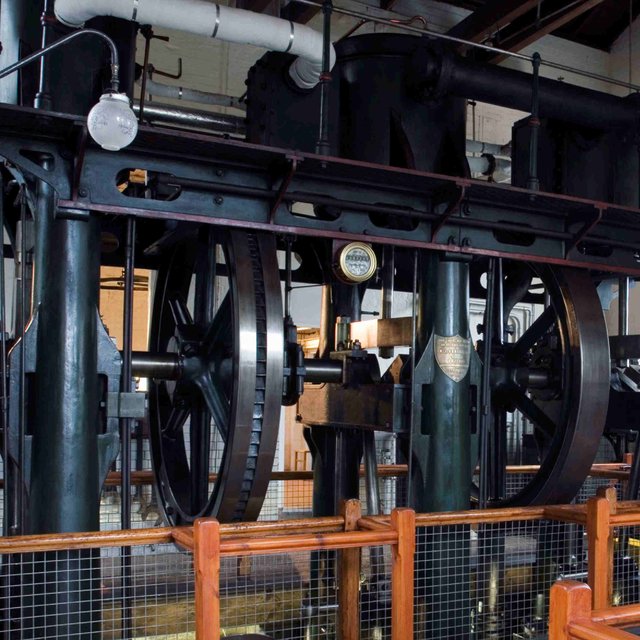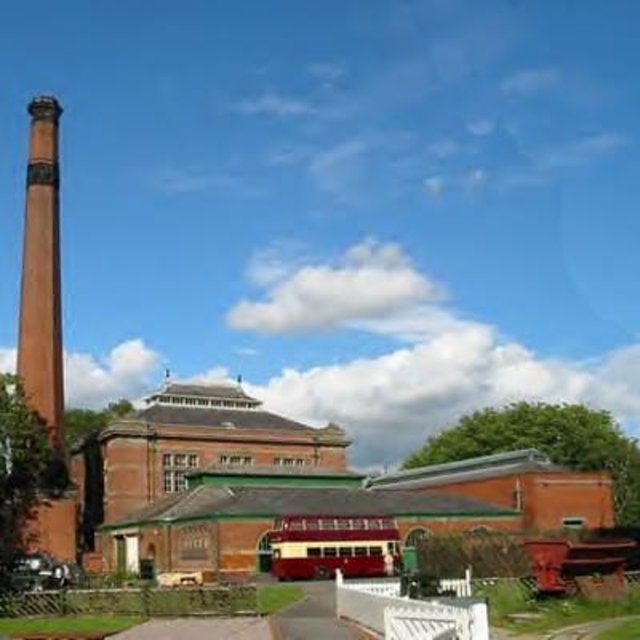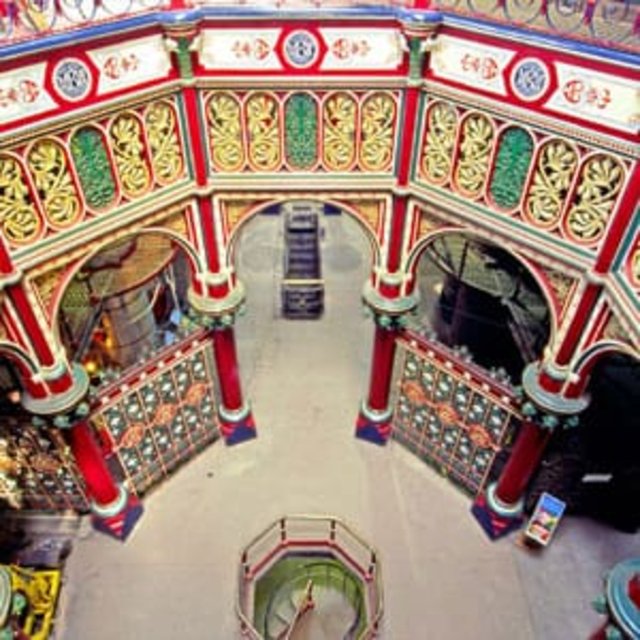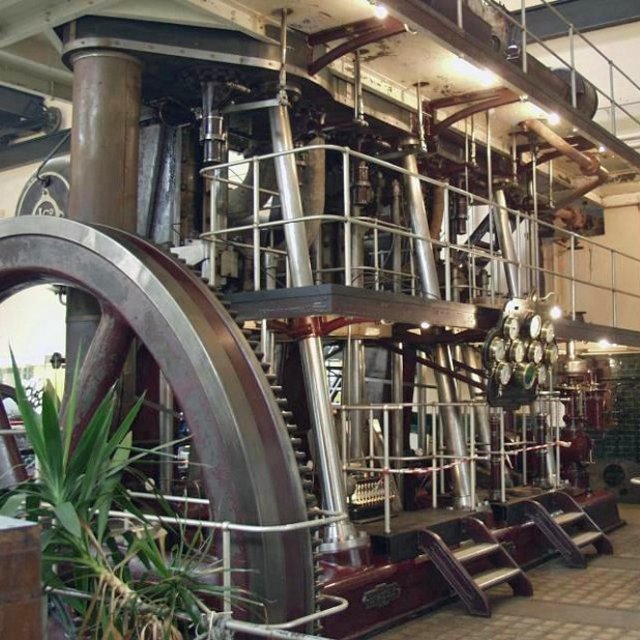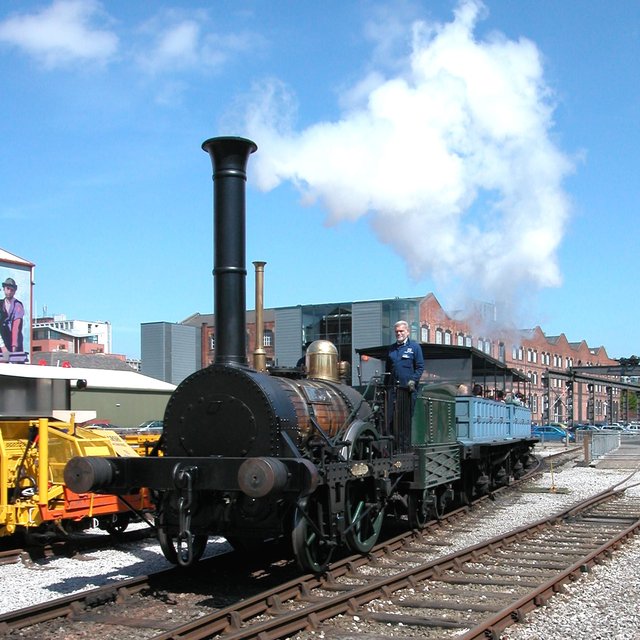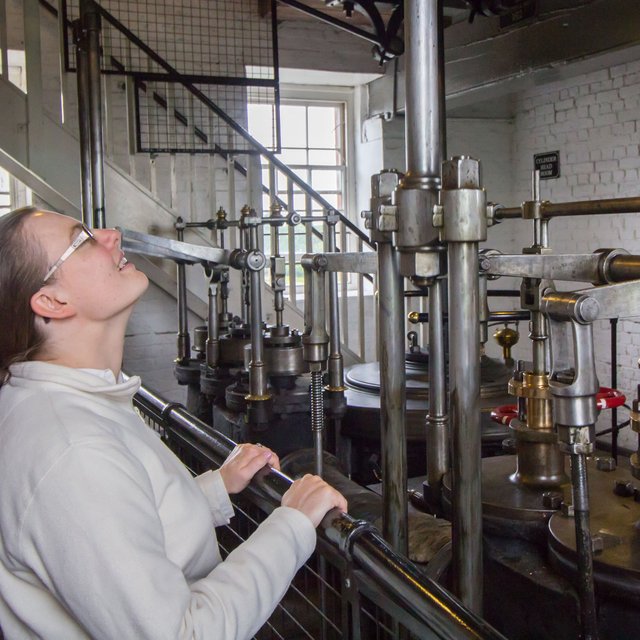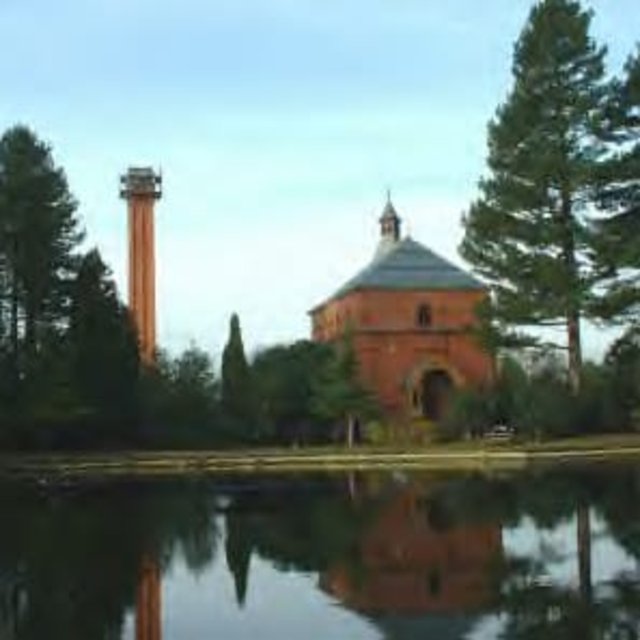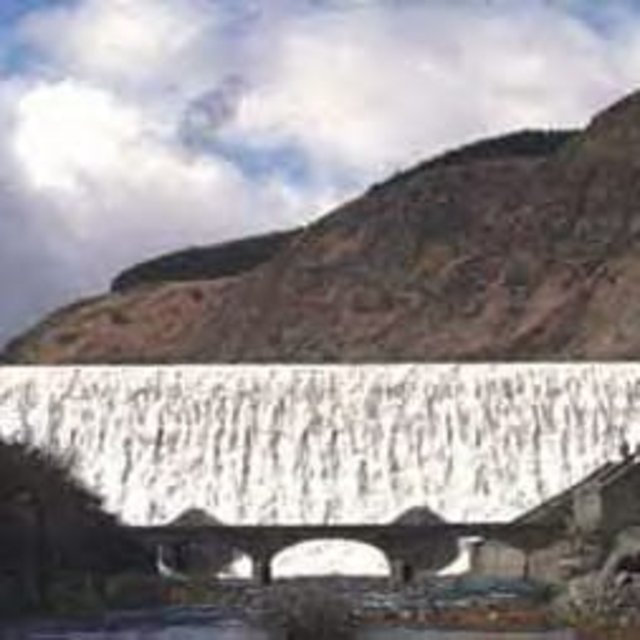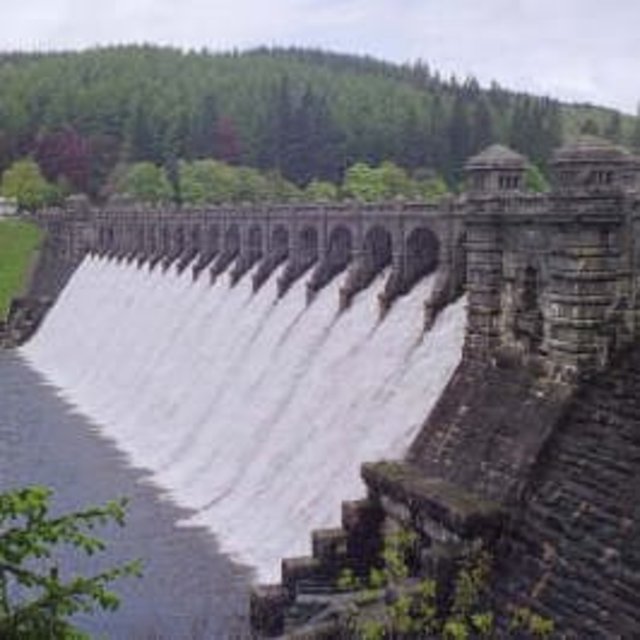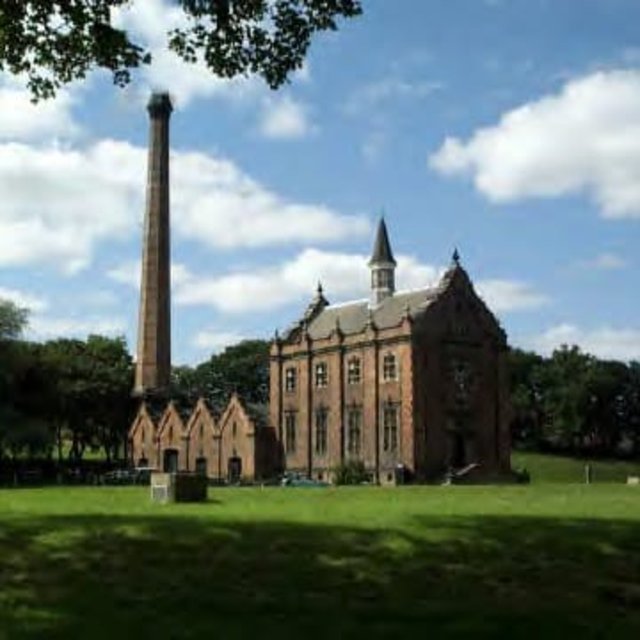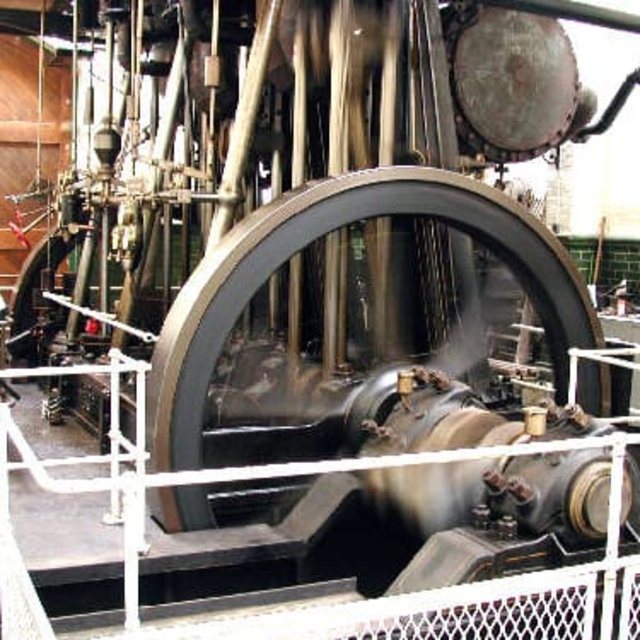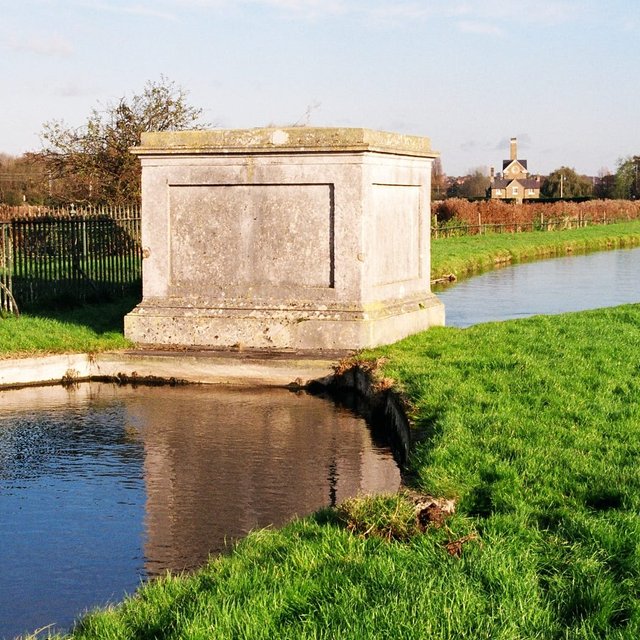European Themeroute | Water
Country United Kingdom
No European country has as close a relationship to water than the Netherlands. For this reason water construction technology developed here first. At the start of the 17th century people began the struggle to reclaim land from the water. They were motivated by two main aims; to create land for ... more
 Blue gold. European Themeroute Water
Blue gold. European Themeroute Water
No European country has as close a relationship to water than the Netherlands. For this reason water construction technology developed here first. At the start of the 17th century people began the struggle to reclaim land from the water. They were motivated by two main aims; to create land for agricultural purposes and to protect themselves better from floods. The small parish of Beemster, near Amsterdam, is a good example. The local inhabitants of this damp coastal countryside had been harvesting peat for many years because the fuel was much in demand. The trouble was that water built up in the low-lying areas, creating an inland lake. This was connected to the Zuiderzee and threatened to become even larger. It was mainly Amsterdam merchants who joined forces to initiate one of the first ever land reclamation projects. The principle was always the same: the area of water would be shut off from the open sea or any other tributaries by dikes. A series of windmills would then be built on the banks and on dams: these would be used to drive pumps or bucket wheels to transport the water into outlet trenches.
Beemster lake was pumped dry in 1612 and the fertile land divided up among the investors. The completely straight drainage canals and roads still exist today, as do the dikes and the buildings which were constructed according to a well thought out strategy. The Beemster polders reflect the dream of a renaissance of an ideal community. At the start of the 20th century the farmers of Beemster were some of the first to organise themselves into cooperatives in order to market their milk products – in this case their famous cheese.
Long before the industrial revolution, Great Britain also profited from the experiences of the Dutch. Soon after the first polder had been created, King Charles I commissioned a civil engineer by the name of Cornelius Vermuyden from Zeeland to carry out diking and land reclamation work. Vermuyden was so successful, above all in the low-lying marshlands of East Anglia that, at the end of the Civil War in the 1640s, the country's new leader Oliver Cromwell engaged him once more.
When the Dutch began one of their largest land reclamation projects during the period of industrialisation, British experience proved decisive. The Haarlemmer lake directly adjacent to Amsterdam, had to be dried out because storm floods were continually eroding the land. Indeed in 1836 they even threatened to flood the huge trading capital. The Dutch king Wilhelm I. had the choice of either pumping off the huge amounts of water with windmills which had proved their worth for centuries, or using modern steam engines. This was a tricky enterprise, for the Haarlemmer lake was about 180 square kilometres in size, around one a half times as big as the city of Amsterdam. The King opted for progress and bought in the best British technology from manufacturers in Cornwall where people had been using steam engines since their invention. He had three engines built, one of which was the largest in the world with a capacity of around 350 hp. The three steam-driven pumps ran round the clock for around three and a half years producing swathes of black cloud clouds in the process – and in 1852 the Haarlemmer lake was finally dry. That said, the pumps still had to be switched on from time to time to ensure that the new polders remain dry. The largest of the three plants later became the world's first official industrial monument.
At the time the overpopulated industrial towns had another completely different problem with water. Hundreds of thousands of people who were living close to one another had to be given access to fresh drinking water. The demand was too much for the old pipelines which were connected to far-off sources of fresh water: the rivers from which people traditionally drew water were hopelessly polluted with household and factory waste, and springs were contaminated by nearby sewage ditches. The challenge was to find a solution to removing the huge amounts of waste water and sewage produced by so many people. Epidemics of typhus and, above all, the huge waves of cholera which wiped out thousands of victims in the middle of the 19th century, finally forced municipal administrations to take action.
People now knew that the disease-causing agents were not carried by air, as was long thought to be the case, but by polluted water. In 1852 in London, people began to purify water from the Thames by means of mechanical sand filtration. This was followed by the first steps towards a controlled system of waste water disposal. But it was not until after the notorious "Year of the Great Stink" in 1858, when the stench of the Thames began to choke the breath of the noble Members of Parliament, that permanent measures were introduced to create a system of sewers. A civil engineer by the name of Joseph Bazalgette designed an extensive network of pipes in which all the waste water was collected, transported to basins east of the city, and finally dumped into the Thames. At the same time he dammed up the muddy banks of the Thames to create new land for supply pipelines.
In Paris the urban planner Georges Haussmann, who had started to radically redesign the inner city in a representative manner in 1854, also took over responsibility for water supplies. His underground network of sewers were so well conceived that they not only contained pipes for fresh water and gas, but also a network of rails for rubbish wagons. But Haussmann too diverted the sewage into the River Seine outside the city.
At that time there were already heated debates on the pollution of rivers in urban conurbations. Hygiene experts who discussed the problem at international levels quickly recognized that the self purification powers of rivers were not enough to deal with the sewage created by the people living in the dramatically growing cities. Influenced by famous scientists like Justus Liebig and Rudolf Virchow, the authorities in Berlin tried out another solution. Part of the sewage was washed into a new network of sewers, and the rest drawn out of the ditches in buckets. It was then brought to sewage farms on the edge of the city where it was cleaned up biologically, and simultaneously used by farmers as a fertiliser. The risk to people's health from eating the agricultural products grown here only later became clear.
German municipal authorities gradually began building sewage networks. The waste water would first be treated mechanically with rakes and screens, often with the addition of chemicals specially employed to break down the pollutants. Nonetheless the majority of waste water at the start of the 20th century was still let out into rivers, lakes and the sea.
The quality of drinking water supplies also left a lot to be desired. In Great Britain at the start of the 20th century chlorine began to be introduced into the water to kill off bacteria. In Germany, not even a half of all cities possessed a central system of water supplies. But in some places fresh water was brought in from reservoirs, where it had been filtered and treated before being stored, with the aid of steam driven pumps, in high-lying reservoirs or water towers. In this way it was possible to conduct water through pressurised cast iron pipes to the upper storeys of domestic buildings: the many disastrous fires in densely populated areas had taught people the vital importance of water supplies for fire-fighting.
Related links
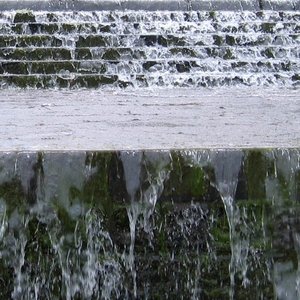
ERIH Anchor Points
London Museum of Water & Steam
Green Dragon Lane
Brentford
TW8 0EN
London, United Kingdom
Member Sites ERIH Association
Cambridge Museum of Technology
The Old Pumping Station
Cheddars Lane
CB5 8LD
Cambridge, United Kingdom
Sites
Claverton Pumping Station
Ferry Lane
Claverton
BA2 7BH
Bath, United Kingdom
Crampton Tower Museum
The Broadway
CT10 2AB
Broadstairs, United Kingdom
Claymills Victorian Pumping Station
Meadow Lane
Stretton
DE13 0DA
Burton upon Trent, United Kingdom
Denver Sluice
Denver
Downham Market, Norfolk, United Kingdom
Prickwillow Engine Museum
The Museum of Fenland Drainage
Main Street
Prickwillow
CB7 4UN
Ely, United Kingdom
Kempton Steam Museum
Snakey Lane
TW13 6XH
Hanworth, United Kingdom
The Waterworks Museum Hereford
Broomy Hill
WR4 0LQ
Hereford, United Kingdom
Leicester Industrial Museum
Abbey Pumping Station
Corporation Road, Abbey Lane
LE4 5PX
Leicester, United Kingdom
Crossness Sewage Works. Steam Engine
The Old Works
Crossness S.T.W.
Belvedere Road
SE2 9AQ
London, United Kingdom
Museum of Power
Hatfield Road
Langford
CM9 6QA
Maldon, United Kingdom
The Museum of Science and Industry in Manchester
Liverpool Road
Castlefield
M3 4FP
Manchester, United Kingdom
Crofton Pumping Engine
Crofton
SN8 3DW
Marlborough, United Kingdom
Papplewick Pumping Station
Papplewick Engines Trust
Longdale Lane
Ravenhead
NG15 9AJ
Nottingham, United Kingdom
Elan Valley Visitor Centre
Elan Valley
Rhayader
LD6 5HP
Powys, United Kingdom
Vyrnwy Craft Workshops
Tourist Information Centre
Unit 2
Lake Vyrnwy
Oswestry
SY10 OLY
Powys, United Kingdom
Ryhope Engines Museum
Waterworks Road
Ryhope, United Kingdom
Twyford Waterworks
Twyford Waterworks Trust
Hazely Road
SO21 1QA
Twyford, United Kingdom
New River
Hertford to London
Ware, Hertfordshire, United Kingdom


